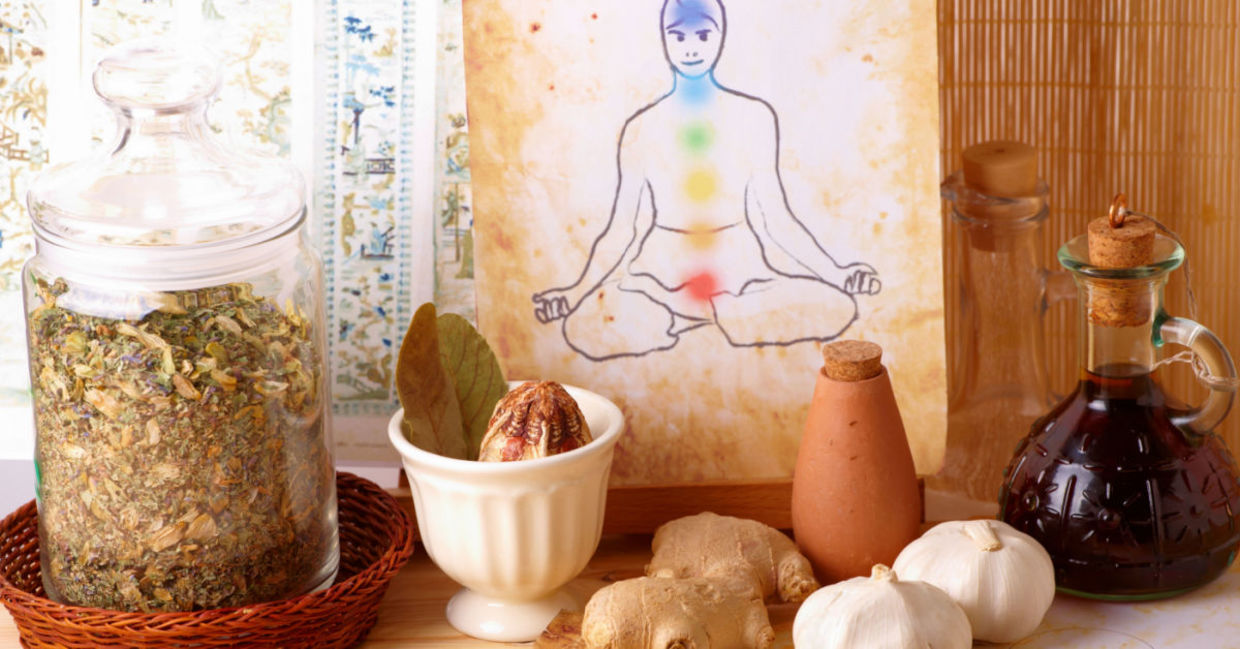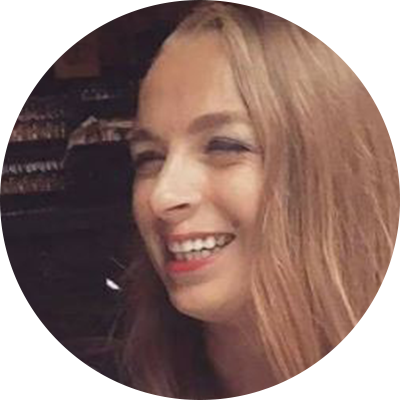
(Monika Wisniewska / Shutterstock.com)
Ayurveda is a holistic approach to health and well-being, Ayurveda looks at the mental, physical, and spiritual aspects of a person’s life. This ancient healing system originated in India over 5 thousand years ago, according to WebMd.
In Ayurveda, there are five elements that make up the body: air, fire, water, earth, and space. And when these elements combine, they create three energies or doshas: Vata, Pitta, and Kapha. The balance of these elements determines a person’s overall health. To maintain this balance, you must combine a healthy diet with a healthy lifestyle and herbal remedies.
There are eight branches of Ayurveda, each branch with its own specialty. .Using these branches together can help to maintain balance and promote overall well-being.
Kaayachikitsa - Internal Medicine
As one of the eight branches of ayurveda, Kaayachikitsa focuses on internal medicine, according to the Art of Living Retreat Centre. Kaya means body, while chikitsa means treatment' Generally, this branch focuses on diagnosing and treating general health problems.
With the use of herbal treatments, diet regimens, and lifestyle practices, Kaayachikitsa promotes health and prevents disease. It can treat physical ailments such as arthritis, digestive disorders, respiratory problems, and skin diseases. Herbal remedies can treat illnesses like fever, coughs, colds, and headaches.
Kayachikitsa focuses on lifestyle changes that can improve overall health, such as adequate rest and exercise.
Baalachikitsa - Pediatrics
Baalachikitsa focuses on pediatric care, according to the Kerala Ayurvedics practice. It dives into both preventative and treatment methods for young children, specifically under the age of sixteen.
Baalachikitsa looks at the causes and symptoms of common childhood diseases such as asthma and allergies.. It explores how to treat these diseases effectively without causing harm to the child’s body or mind.
In regards to Baalachikitsa treatment, a specially prepared ointment is applied to the entire body, excluding the head, mainly to avoid future vata-related diseases. This branch of ayurveda also uses herbal remedies, proper nutrition, exercise, yoga, and meditation for healing.
Grahachikitsa - Demonology and Psychology
Grahachikitsa is the branch of Ayurveda that focuses on the psychological and psychiatric aspects of health and well-being, according to the Raha Ayurveda hospital. For mental ailments, Grahachikitsaoffers comprehensive diagnostics and therapies. It provides holistic healing by addressing the sources of mental imbalance.
This chikitsa looks at different mental disorders, such as depression, anxiety, and addiction. Treatment methods can include ayurvedic massage therapy.
Urdhvaangachikitsa - Head and Neck
Urdhvaangachikitsa is the branch of Ayurveda that focuses on head and neck diseases, according to the Art of Living Retreat Centre. In addition to treating headaches and migraines, this branch uses herbal treatments, medical procedures, and massage therapy.
Shalyachikitsa - Surgery
Ayurveda's Shalyachikitsa branch focuses on surgical procedures, according to the health site Ayurveda Family. It treats appendicitis, hernias, tumors, bone fractures, joint dislocations, and other musculoskeletal issues.
Different instruments and techniques perform operations such as incisions, suturing wounds, setting broken bones, and removing foreign bodies from the body. Also, herbal medicines promote healing after an operation and reduce pain.
Damstrachikitsa - Toxicology
Among Ayurveda's branches, Damstrachikitsa or Agad Tantra deals with toxicology. It focuses on identifying and treating poisons or toxins in the body, according to the Art of Living Retreat Centre.
Naturally, the body eliminates toxic metabolites primarily through feces, urine, sweat, and breathing. When these excretory channels are blocked, unwanted or harmful materials accumulate in the body, leading to toxic manifestations. By opening these channels of elimination, Damstrachikitsa treatment allows the body to function normally.
Damstrachikitsa reduces the effects of toxins in the body, such as poisoning from snakes, insects, plants, metals, and minerals. It also reduces environmental toxins, such as air pollution, water contamination, and radiation exposure. This chikitsa uses herbal detox remedies and other therapies such as yoga and meditation.
Rasayanachikitsa - Rejuvenation
Rasayanachikits focuses on restoring balance to the body after an illness or injury has occurred.. This branch promotes natural immunity, enhances general well-being, enhances the functioning of all key body organs, and prevents signs of early aging. Traditionally, rasayana refers to herbs or fruits that promote health.
With Rasayana, different balancing techniques, such as healing diets and herbal oils, treat age-related issues such as joint pain, fatigue, memory loss, and vision problems. Rejuvenation benefits include improved immunity levels, increased energy levels, and improved mental clarity.
Vrshachikitsa - Aphrodisiac therapy
Ayurveda's Vrsha Chikitzsa branch focuses on aphrodisiac treatments, according to the Ayurveda Retreat organization. Using herbal remedies and dietary regimens, this branch can boost libido levels in men and women.
YOU MIGHT ALSO LIKE:
How to Balance the 3 Ayurveda Doshas
What Leading Element Do You Connect To? [Quiz]
How to Create an Ayurveda Daily Wellness Routine







